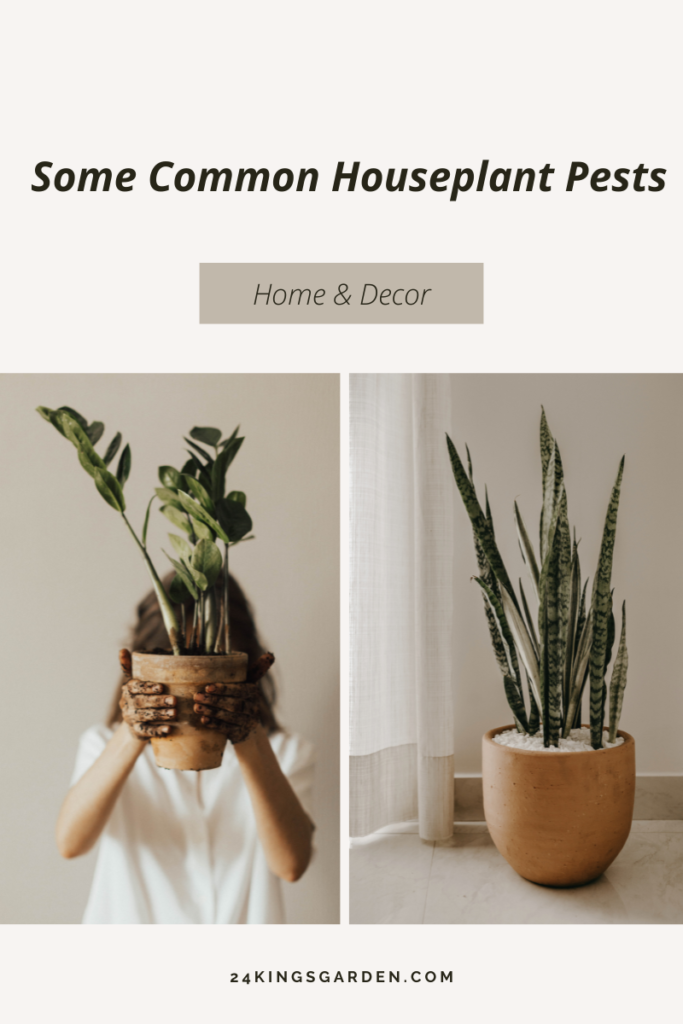Indoor plants can suffer from various pests and diseases, which can manifest as visible symptoms on the plant. Here are some common bugs and issues you might encounter with indoor plants:
1.Spider Mites:
These tiny pests can cause leaves to become stippled with yellow dots and may also produce fine webbing on the plant. Spider mites are less than 1 mm (0.04 in) in size and vary in color.
They lay small, spherical, initially transparent eggs and many species spin silk webbing to help protect the colony from predators; they get the “spider” part of their common name from this webbing.
How to prevent:
You can thoroughly wipe or wash the leaves with water in the early stages of infestation on a smooth leaf plant like ficus , stromanthe , or monstera. “This step should reduce populations quickly,” says Clark, “Repeat this process every few days for a few weeks to eliminate any remaining mites.” Once that initial mite population is under control, follow up with neem oil to ensure all remaining spider mites are destroyed.
2.Brown Scale : The adult female scale insect is oval and dome-shaped, about 3 to 5 mm (0.12 to 0.20 in) long. It retains its legs and antennae throughout its life. Its cuticle is made of chitin but it does not produce the copious quantities of wax that armoured scales do. It is a pale yellowish-brown or greenish-brown colour with brown irregular speckles, and darkens with age. Male brown soft scale insects are rarely found.
prevent : Traditionally, brown soft scale has been controlled by the use of pesticides, but these have the disadvantage that other insects, friends and foes alike, are also killed. My favorite method of treating scale is wiping or washing leaves and stems to remove the insects and the honeydew they leave behind. This method works well for small infestations. You can even pick or rub them off one by one. You will need to use neem or horticultural oils for larger infestations.
Fungicides can be used to prevent the sooty mould from taking hold. Alternatively, the use of such entomopathogenic fungi, such as Lecanicillium lecanii, has been successfully used in the laboratory. An alternative approach is integrated pest management in which the natural enemies of the scale insects are encouraged. A further possibility is the use of growth regulators such as the hormone hydroprene which disrupts the moulting of juvenile scale insects.
3.Aphids: Aphids are soft, pear-shaped insects with long antennae that destroy plants by using their piercing mouthparts to feed on the plant’s sap. Aphids produce a sugary liquid waste called “honeydew,” which causes a fungus called sooty mold to grow on the honeydew deposits, turning leaves and branches black. It’s at this point that most aphid infestations are noticed.
Get rid of Aphids:
The first step in controlling aphids is identifying the signs of an infestation. Aphids are small and often difficult to spot, but there are several signs that can indicate their presence.
A . One of the simplest and most effective ways to get rid of aphids in your garden is to use a strong blast of water. Simply spray your plants with a hose, focusing on the undersides of leaves where aphids tend to congregate. This will knock the aphids off the plant and disrupt their feeding patterns. Repeat this process every few days until the aphid population is under control.
B. You can wear rubber gloves and wipe them off into a bucket of soapy water. If you see heavily infested leaves, it may be better just to cut them off. This can be necessary for lettuce and cabbage.
C. Or you can use neem oil, mix it with water according to the instructions on the bottle and spray it onto your plants, focusing on the areas where aphids are present. Be sure to soak the underside of leaves where aphids lay their eggs. Repeat this process every few days until the aphids are gone. Be sure to apply neem oil in the early morning or late evening, as direct sunlight can cause it to break down quickly.
- Mealybugs: Mealybugs look like small balls of cotton and can be found on the stems and leaves of plants. They suck sap from the plant, causing wilting and yellowing.
Prevent: To get rid of mealybugs on houseplants, start by wiping the affected areas with a cotton swab dipped in rubbing alcohol to kill the adult mealybugs.
Check your plant every couple of days to make sure you destroy any visible adult.
- Fungus Gnats: These are small, flying insects that resemble mosquitoes. Their larvae feed on plant roots, which can lead to stunted growth and yellowing of leaves.
Prevent: Fungus gnats are a problem in houseplants where the soil frequently remains wet. Getting rid of the gnats requires a change in watering habits. Only water once the top two inches of soil are dry and infrequently during the cold months. Also, it’s essential to catch the adult gnats so they won’t lay new eggs in the soil. A yellow sticky trap is the most effective way to catch them. You may have to use them for several weeks to ensure you get the adult gnats.
- Whiteflies: Whiteflies are small, moth-like insects that congregate on the undersides of leaves. They suck plant juices, causing leaves to yellow and become sticky with honeydew.
Prevent: Soapy water is a natural killer of soft-bodied insects like whiteflies. All you need to do is make a solution of water and dish soap—you only need one tablespoon of liquid dish soap per gallon of water.
Using a spray bottle, spray the affected plants just as the whitefly population is beginning to grow, and the whiteflies should die while the plants stay healthy. (But if you find the soapy water solution you’re using is actually abrasive to your plants, try purchasing an insecticidal soap designed for this purpose.)
7.Leaf Spot Diseases: Leaf spot is a common fungal or bacterial infection that plagues houseplants. It causes unwanted brown spotting, sometimes accompanied by a yellow or reddish halo, that can spread like wildfire from leaf to leaf, or even plant to plant. This can occur due to a variety of environmental factors, and unfortunately, is a frequent plant-killer. These spots may enlarge and cause leaf yellowing and drop.
Prevent:
Provide good air: Ensure good air circulation around your indoor plants by providing adequate spacing between them and avoiding overcrowding. Use fans to improve airflow if necessary. Improved air circulation helps reduce humidity levels and discourages the development and spread of fungal pathogens.
Avoid misting or splashing: Getting water onto your leaves. While some plants (ferns, air plants, etc) like high humidity and appreciate misting, many others won’t react well to being wet all the time, as this makes them more prone to infection.
Space out your plants: Give your plants some more breathing room so they aren’t overcrowded and bumping leaves with others. This limits the potential spread of leaf spot from plant to plant.
Routine neem treatments: Spraying your plants with neem oil every month as a preventative towards bacterial, fungal, and pest issues will help catch any early start of leaf spot before it spreads beyond control.
Improve Drainage: Ensure that your plant’s pot has adequate drainage holes and that excess water can freely drain away from the roots. Avoid waterlogged soil, as it creates favorable conditions for fungal pathogens that cause leaf spot diseases.
Isolate Infected Plants: If you have multiple indoor plants and one is infected with leaf spot disease, consider isolating the affected plant to prevent the spread of the disease to other plants.

